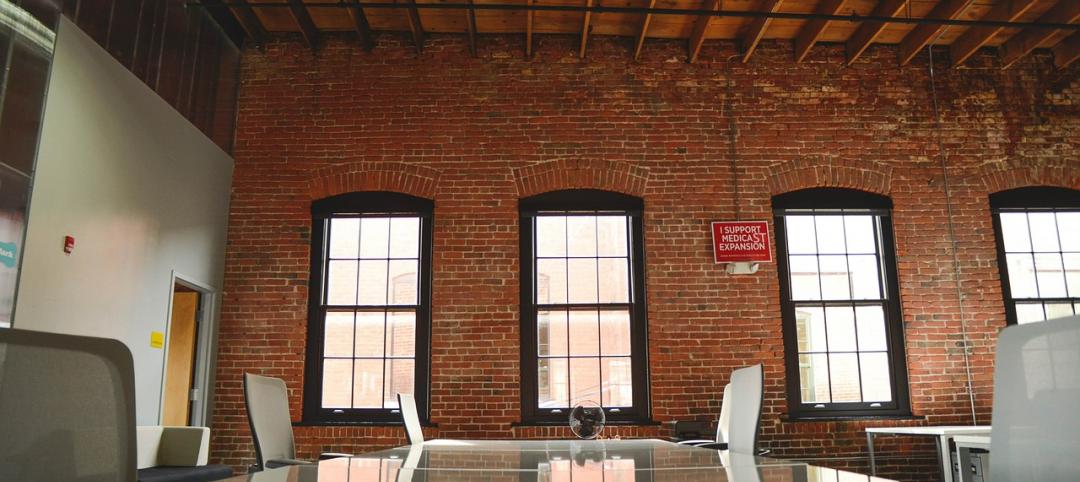The American Concrete Institute and the Post-Tensioning Institute expanded their partnership to increase efficiency for design of structural post-tensioned concrete structures.
The partnership formalizes efforts through the new joint ACI-PTI Committee 320, Post-Tensioned Structural Concrete Code. The committee will develop and maintain structural concrete code requirements unique to the design of post-tensioned concrete and complementary to ACI 318, “Building Code Requirements for Structural Concrete.”
“Post-tensioning as an application used in concrete design and construction allows for benefits such as design flexibility, materials reduction, and efficient constructability,” said Tony Johnson, executive director of the Post-Tensioning Institute. “The establishment of joint ACI-PTI Committee 320 will not only help expedite the adoption of post-tensioning provisions into the concrete building code, but it will also enhance usability for the design engineer by consolidating post-tensioning design provisions into one convenient document.”
Additional information is available at post-tensioning.org and concrete.org.
Related Stories
Codes and Standards | Aug 8, 2019
More designers focusing on acoustic properties of buildings
Recognition that structures should be acoustically satisfying.
Codes and Standards | Aug 7, 2019
Illinois law makes all single-occupancy restrooms gender-neutral
All must comply by January 1.
Codes and Standards | Aug 6, 2019
New technology, aligning training with local trends among keys to workforce development
Construction industry must also invest in training, recruiting high school students.
Codes and Standards | Aug 1, 2019
Planners, city official rethink parking requirements on new projects
Reducing number of parking spots frees up land for ‘more purposeful’ uses.
Codes and Standards | Jul 31, 2019
USGBC-LA chooses first ‘Net Zero Accelerator’ technologies
Wide range of solutions address numerous environmental challenges.
Codes and Standards | Jul 30, 2019
Solar brokerage will provide financing for small/medium businesses
First to fund solar for smaller-scale commercial operations.
Codes and Standards | Jul 29, 2019
ASCE group unveils structural safety database
Confidential reporting on structural failures, near misses, and other incidents.
Codes and Standards | Jul 26, 2019
Floating landscape infrastructure wins top ASCE innovation prize
Climate resiliency a key theme of entrants.
Codes and Standards | Jul 24, 2019
New York making slow progress on resiliency seven years after Hurricane Sandy
Property owners face many challenges; coastal defense project plans are complex and need more time to plan.
Codes and Standards | Jul 23, 2019
Berkeley, Calif. passes nation’s first ordinance to make new buildings all-electric
No gas hook-ups will be allowed in new houses, apartments, and commercial buildings.

















